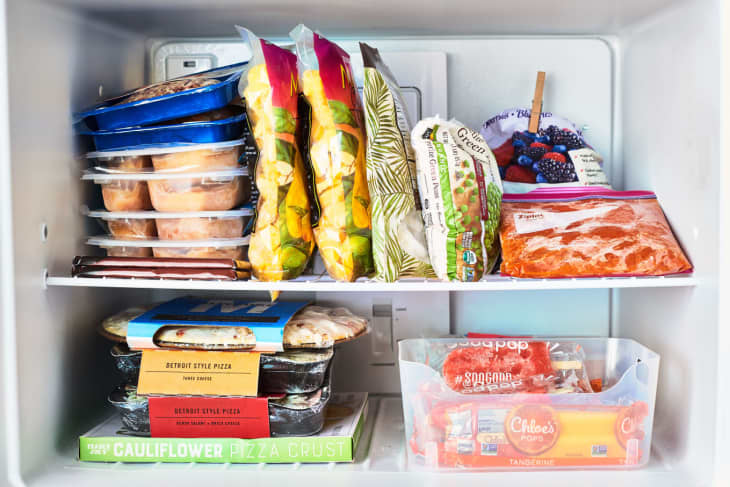5 Foods You Actually Shouldn’t Refreeze
Freezing food is a great way to have meals on the go or avoid last-minute trips to the grocery store. It also helps us not to waste food and is, in a sense, an extension of our pantry.
But we’ve all been there: We searched through our freezer and pulled out a few things to thaw in the fridge and promptly forgot about them. Can you put it back in the freezer? Here are five things you should avoid giving a refreeze, and why refreezing in general is a big no-no.
What Happens When You Freeze and Refreeze
Freezing anything ruptures some of the cell walls in the product at hand. It’s why frozen food doesn’t taste quite as good as fresh, and oftentimes why frozen foods aren’t as expensive as their fresh counterparts — especially meat and seafood.
When you freeze, thaw, and refreeze an item, the second thaw will break down even more cells, leaching out moisture and changing the integrity of the product.
The other enemy is bacteria. Frozen and thawed food will develop harmful bacteria faster than fresh. Once the ice crystals from your food are gone, your food starts the clock on developing these nasty buggers.
Freezing and thawing of foods is a big safety concern and there are legal restrictions for the restaurant and grocery industries to help keep us all safe. Applying these same philosophies in our own home ensure the same!
5 Foods You Shouldn’t Refreeze
Your best bet will always be to cook or utilize what you thawed and, if needed, refreeze the cooked product. That said, you don’t always have time to cook it, so if you’re in a hurry and debating whether or not to throw it back in the freezer, keep in mind these five things that should never, ever be refrozen!
1. Raw Proteins
This includes meat, poultry, and seafood. If they were thawed in a chilled environment that’s less than 42°F (like your refrigerator), then it’s safe to refreeze. But if they thawed on the counter or have an off color or smell, they’re done!
Don’t forget that a lot of seafood, especially shrimp, arrive at the grocery store frozen, but are defrosted to be put into the display case. They’ve already gone through a first freeze, so don’t put them in your home freezer for a second freeze!
2. Ice Cream
If you left it out on the counter so it was easier to scoop and then forgot to put it back in the freezer quickly, just drink it as a milkshake or use for a batch of french toast and call it a day, folks. Refrozen ice cream will have a weird, icy texture.
3. Juice Concentrates
Fermentation occurs faster than you think in fruit-based products so you’ll want to enjoy them quickly and definitely don’t try to refreeze them — this goes for blended smoothies, too.
4. Combination Meals
Eat up your casseroles, pot pies, stews, pastas, and the like, or bring it for lunch so it doesn’t go to waste. After all, it’s cooked and ready to go, so it’s the easiest kind of homemade meal to have!
5. Cooked Proteins
Freezing leftover roasted or rotisserie chicken is a great idea, but then you pulled it out for salads a few weeks later and forgot about it in your fridge. Call some friends over and put the chicken on nachos ASAP, because it shouldn’t be refrozen!
